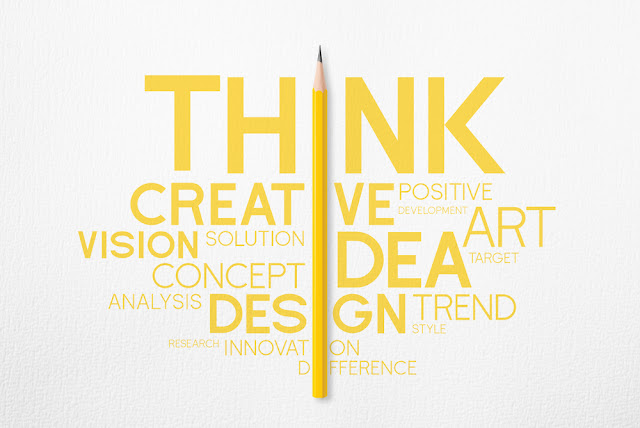
How Creative Resumes Work
Typically, creative resumes make use of the applicants’ creative skills and are appropriate for their industry and for the job they’re seeking. A creative resume can also use elements of a traditional resume.
If you're not sure where to start, consider using free online services that will take your information and turn it into an infographic resume, online portfolio, or similar. For example, a graphic designer might create an infographic resume to display their design skills, while a TV/film editor might make a video resume.
Benefits of a Creative Resume
Creative resumes can help highlight these skills and qualifications in a way that a standard resume can’t, showing what the applicant can do, instead of just asserting that they can do it. Online resumes also allow those in web design and information technology to display their skills. They allow candidates to emphasize skills rather than their chronological work history.
Creative resumes can be beneficial for certain types of job applicants. Creative resumes are also helpful for people without an extensive work history. For example, online resumes are helpful for applicants who want to post films, sound clips, photographs, or other pieces of work related to their industry.
Disadvantages of a Creative Resume
Many companies still prefer a traditional, typed resume. One reason is that many companies use an applicant tracking system (ATS) to automatically screen resumes. While nontraditional resumes are becoming increasingly popular across a variety of industries, that doesn't mean you should use one.
Other companies simply dislike nontraditional resumes, believing that graphics and other visuals are unnecessary additions to a resume. These systems search for keywords that indicate whether a candidate has the desired skills and/or experience for the position. Because ATSs require text-based resumes, some companies using ATS will toss aside nontraditional resumes.
Key Takeaways
- You can make one that highlights your skills in a particular field. For example, if you're a film editor, you might create a video resume.
- If you're applying for jobs in a creative field, a nontraditional resume can make you stand out. It might be a turn-off for more traditional employers, and it can't be read by applicant tracking systems.
- If you have the ability to create one and it's appropriate for your field, a creative resume can be a good choice.
- A creative resume is a resume that doesn't follow the traditional resume templates. These resumes are typically creative, catchy, and designed to showcase your skills and qualifications in a way that plain words on paper can't.









No comments:
Post a Comment